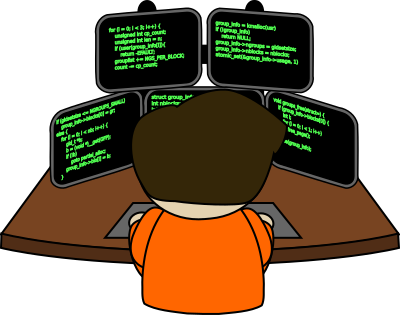Reposync can mirror the yum repository to which your machine is subscribed to. However, you cannot subscribe your machine to the RHEL6 and RHEL7 at the same time. Let’s take a look at how Docker can help us here.
Update 3/31/2016: The implementation of the ini_file module described in this blogpost has been merged into Ansible version 2.0.
For editing Windows INI files, Ansible comes with an ini_file module built in. Unfortunately, this module uses Python’s ConfigParser module which reformats the entire INI file whenever you want to change a single line. It removes all the comment lines, too. For me this was not acceptable. After looking for a possible solution I decided to improve the ini_file module and created ini_file2. I realized how easy it is to create an Ansible module.
Do you like Docker technology and want to learn more about it? There’s no better way to learn than reading the source code. In this article, we’ll install the Go programming language, download the latest Docker source code and navigate through it in Eclipse.
After upgrading to Debian Jessie, my Windows application running under Wine stopped working. In this article we’ll use Docker to restore the Wine environment from Debian Wheezy. We’ll run the Windows application inside this Docker container.
Is your technical documentation hard to read? Diagrams and images liven up technical documentation and help the reader to better understand the subject. In the last article of the Doxygen miniseries we’ll go over a couple of options how to include diagrams and images in Doxygen documentation.
Let’s review some basic means that Doxygen provides to structure your documentation. If you’re a newcomer to Doxygen this blogpost might be useful for you.
Do you create project documentation in your company’s internal wiki? I did it for quite some time until I realized that a good old Doxygen combined with Git can do a much better job.
It’s a pleasure to read and maintain your code, right? Software practice teaches that code is written once but read many times. Your teammates will appreciate it if you put your effort into writing a good looking and understandable code. Needless to say that when you’ll read your code one year later you’ll appreciate it, too. Let’s discuss a couple of basic guidelines to write a better code.
Today’s user story is: As a private cloud user I’d like to have virtual machines registered with internal DNS. Let’s look at how a software practitioner solves this problem in a truly agile way.
OpenStack components generate notifications that can provide useful insight into what is going on in OpenStack. Let’s create a simple subcriber that dumps incoming notifications from OpenStack Nova to standard output.
